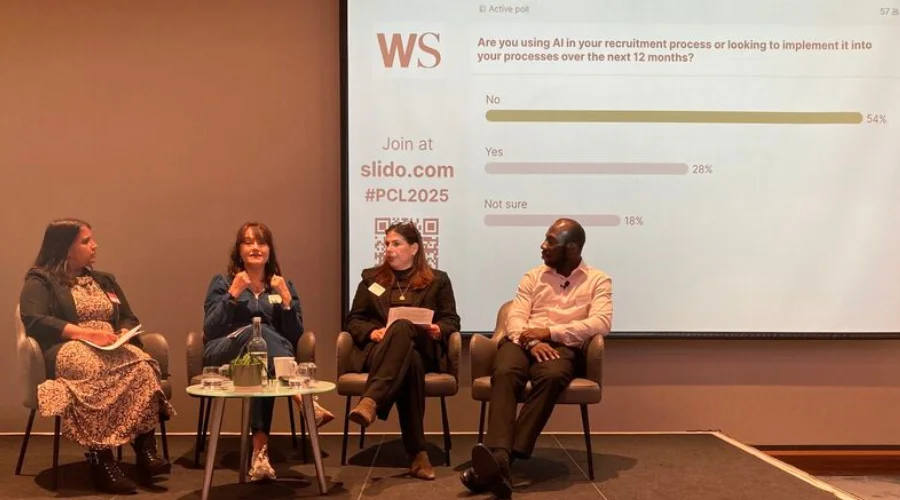
Quick CV Dropoff
Want to hear about the latest non-profit and public sector opportunities as soon as they become available? Upload your CV below and a member of our team will be in touch.

In 2011, the law that allowed employers to force staff to retire at 65 was scrapped, now making it possible to have five generations in the workplace at one time. Many years ago, I worked in an organisation where staff ages ranged from 19 – 76. At the time, I felt this was a harmonious workplace, but looking back, was the environment inclusive to all? Or was it more focused on the majority of staff – the 20-somethings?
The challenges of a multi-generational workplace include:
Multiple generations in the workplace can be a competitive advantage as you can appeal to a wider customer/client base. It also creates opportunities for people to learn from each other, promotes the sharing of best practices and different perspectives, and passes on knowledge through generations for future retention. Additionally, having a multi-generational workforce increases problem-solving abilities, provides opportunities for mentoring and reverse mentoring, brings diversity of thought leading to more innovation, and builds a wider, more diverse talent pool.
To create an inclusive, multi-generational workplace, it is important to understand the needs of each generation. However, while a person may identify with one or two characteristics of their generation, everyone is an individual, so it is essential to establish what suits each employee.
The five generations we may see in the workplace are:
One of the key differences among these generations is how they communicate with each other. Understanding these differences can help avoid frustrations and improve collaboration.
To ensure all generations are attracted to your organisation, consider the following:
For further advice on attracting multi-generations to your workplace, check out TPP's diversity & inclusion hub for additional resources and advice.